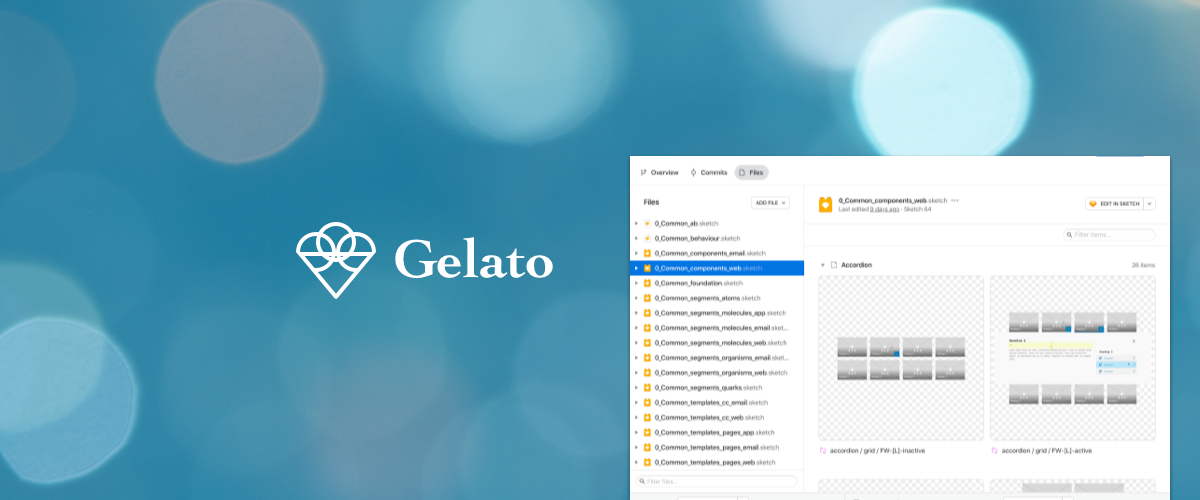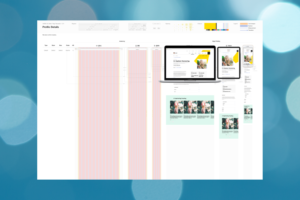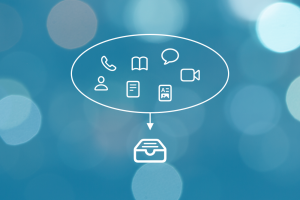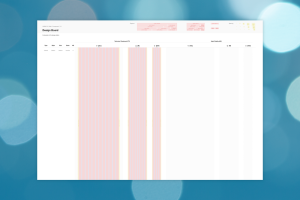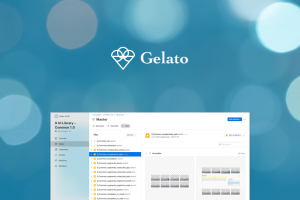Gelato is a design system framework that was created to support a new global experience language that was being developed for the University of New South Whales. The aim is to deliver new designs, code and authoring instructions faster while using less resources.
A public repository that could serve as a one-stop-shop resource and knowledge base for every designer, developer, author or anyone else who needs to create a new digital project within the university, to get started and create something great with ease, would be the final output.
